Basil Really Taste Like? Discover Its True Flavor Story
Basil, the verdant herb cherished in countless cuisines, carries a mystique that intrigues food lovers worldwide.
Culinary enthusiasts often wonder about its unique flavor profile beyond basic descriptions.
Some people encounter this aromatic plant in Italian dishes, while others recognize it from southeast Asian recipes.
Mediterranean and tropical regions cultivate numerous basil varieties, each offering subtle nuanced characteristics.
Professional chefs appreciate its complex sensory experience that transforms simple meals into extraordinary culinary adventures.
Home cooks frequently ask about its precise taste, hoping to understand how this herb might elevate their cooking.
Your curiosity about basil's flavor will uncover surprising insights that go far beyond typical herb expectations.
Say Hello to Basil
There’s more than one kind of basil out there, but this section focuses on sweet basil, the one you’ll most likely spot at your local grocery store.
Sweet basil, also called common or Italian basil, comes from the mint family, which also includes herbs like oregano, thyme, and rosemary.
That’s why you’ll often see questions online like “How is basil different from mint or parsley?” It’s easy to mix them up, especially when they share a similar look or aroma.
Basil is believed to have been first grown thousands of years ago in places like China, India, or Africa, though its exact roots aren’t clear.
Today, it’s commonly farmed in warm areas like Italy, France, Egypt, Morocco, California, and more. A typical basil plant grows about 4 to 6 inches tall and has shiny green leaves with small white or purple flowers.
These flowers don’t appear often, they usually bloom only when the plant isn’t trimmed regularly. And while they’re not as common as the leaves, basil flowers are definitely useful and can be added to dishes or drinks for extra flavor.
Quick Chart of Basil Flavors
Now that you know a bit about basil, let’s explore its unique flavors. The chart below shows what each popular basil variety typically tastes like:
| Type | Flavor Profile | Best Uses |
| Sweet Basil/Regular | Notes of pepper, mint, and a hint of anise | Perfect for Italian recipes |
| Thai Basil | Tastes like anise and licorice | Ideal for Southeast Asian cuisine |
| Cinnamon Basil | Warm, spicy cinnamon essence | Great in Asian-inspired dishes |
| Lemon Basil | Bright, citrusy and tangy | Pairs well with fish, desserts, tea |
| Lime Basil | Tart, citrus-flavored | Suits fish, desserts, and tea |
| Holy Basil | Sharp, bitter, and spicy | Traditional in Indian cooking |
| Purple Basil | Clove-like aroma, less sweet than standard | Nice in sauces and pesto |
| Greek Basil | Sweet, with hints of anise and mint | Common in Italian meals |
| Red Rubin Basil | More robust and pungent than green basil | Great for salads and garnishing |
| Green Ruffles Basil | Mellow taste, with cinnamon and licorice hint | Works with fish and chicken dishes |
| African Blue Basil | Peppery and minty flavor | Tasty in sauces and as a garnish |
Basil Taste Explained Clearly
Each type of basil brings its own unique taste and smell. In this part, I’ll walk you through 11 of the most well-known basil varieties, giving you useful details to help you compare them and figure out which one fits your cooking best.
Let’s explore together:
Sweet Or Common Basil
Basil carries a mix of sweet and savory flavors with pepper and mint hints. Some people detect a light anise taste.
Basil smells like cloves with soft sweetness. People quickly think of pesto when smelling its leaves.
Regular basil and parsley seem similar because they share a peppery note. People often compare these herbs.
Actually, basil and parsley have very different uses in cooking.
Fresh basil brings strong flavor and rich smell to many dishes.
It works perfectly with salads, sauces, and classic Italian meals like pizza, pasta, and pesto. Chefs sometimes use basil instead of coriander in Asian and European recipes.
Thai Style Basil
Thai basil stands out from regular basil with its strong anise flavor. Its taste carries a powerful licorice note that sets it apart.
While this herb doesn't blend well with Italian recipes, it becomes essential in Southeast Asian cooking. Thai basil brings a unique punch to dishes with its distinctive aroma and flavor profile.
Cinnamon Flavored Basil
Cinnamon basil brings a special flavor to cooking. Its unique spicy taste stands out from other basil types.
Chefs often use this herb in Asian meals:
Lemon Scented Basil
Lemon basil brings a zingy citrus kick to your plate. Its sharp, tangy flavor works magic with seafood, fresh salads, and grilled veggies.
Some folks enjoy brewing this herb in their tea for a cool, bright twist.
Lime Scented Basil
Lime basil gives fish and chicken recipes a zesty kick. Cooks enjoy how its tangy notes help offset sweet flavors in desserts and beverages.
Holy Or Sacred Basil
Holy basil carries a sharp, strong flavor that shines in spicy Indian recipes like curries and hot teas. Its powerful taste pairs well with rich meals and brings significant health benefits.
Medical experts recognize holy basil for multiple wellness advantages beyond its cooking uses. Separate from other herbs, this plant stands out in traditional cooking practices.
Ashwagandha appears frequently in Indian recipes, but people should understand it differs completely from holy basil. These two herbs cannot replace each other in cooking or health applications.
Purple Basil Type
Purple basil smells like cloves but lacks the sweetness of regular basil. Its dark leaves add rich color and interesting flavor when sprinkled on dishes.
Greek Basil Variety
Greek basil sprinkles small leaves perfect for topping many meals. Cooks can swap this herb when standard basil runs low since its flavor matches regular basil closely.
Small leaves carry sweet notes with soft hints of pepper, anise, and mint.
Red Rubin Basil
Red Rubin basil tastes similar to green basil, with a sharper flavor kick. You can mix this purple herb into pesto for a color pop, but be careful not to overdo it or the sauce might turn bitter.
Green Ruffles Basil
Green Ruffles basil brings mild, soft taste to home cooking. This special herb mixes light cinnamon and licorice notes into salads and green dishes.
African Blue Basil
African Blue basil brings zesty, cool notes to your cooking. You can sprinkle its leaves into soups packed with tomatoes, green beans, and chicken.
This herb works magic in simple salads and dishes.
Basil lovers will enjoy exploring different flavors and styles of this tasty herb.
Learning about various basil types opens up new ways to cook.
How to Pick Good Basil
Once you're familiar with how basil tastes, the next step is making sure that flavor lasts. Since basil’s scent and taste fade quickly after it starts to wilt, it’s best to choose leaves that look fresh and full of life to get the most out of every bite:
Fresh Basil Leaves
Signs to spot when shopping for fresh basil:
Tip: Right storage keeps basil fresh for weeks. Knowing how to care for your herbs means enjoying them longer.
Dried Basil Leaves
Search for organic, high-quality dried basil brands. Such products deliver better flavor and more nutrients.
Home gardeners can dry fresh basil using an oven and create their own jar of dried herbs. People with large basil harvests can save every single leaf and prevent waste.
Basil drying and preservation methods help you save fresh herbs for later use.
Best Ways to Eat Basil Fresh
Heat can cause fresh basil to wilt, lose its flavor, or turn bitter, so it’s best to add it at the end of cooking when making hot dishes like pasta or soup, though this isn’t an issue when using it raw in salads or as a garnish. Dried basil is a good alternative during cooking since it holds up well to heat without losing its taste.
Basil is especially delicious in Italian-style meals and pairs well with ingredients like tomatoes, olive oil, balsamic vinegar, eggs, mint, lemon, and eggplant, and it complements meats such as steak and poultry. It’s a flavorful addition to pasta dishes, Caprese salads, stir-fries, soups, and curries.
You can also use basil in drinks, try swapping it in for mint in cocktails or blending it into smoothies or infused water for a fresh, healthy option. However you enjoy it, basil can easily add both flavor and balance to your everyday meals.
Basil Recipe Ideas to Try
Looking for tasty ways to include basil in your everyday meals? It’s a great moment to explore a few healthy recipes that highlight this flavorful herb.
Jot down these three easy ideas and give them a try, you might find a new favorite:
Spaghetti With Tomato Basil Sauce
Classic tomato spaghetti brings joy with just a sprinkle of fresh basil leaves. People love this easy meal that works perfectly for dinner with loved ones or quick lunch dates with friends.
Basil Lemon Dressing
Lemon basil vinaigrette brings magic to simple salads! Summer calls for fresh flavor combinations that make greens sing.
Zesty lemons mix with soft herb notes and create something special. Green salads suddenly become exciting with this tasty dressing.
Meat lovers will enjoy how nicely this sauce complements steak meals. Mixing this dressing means zero dairy and lots of bright flavor.
Light and crisp touches turn ordinary salads into something memorable. Mixing green leaves with this vinaigrette makes dinner feel like a delightful experience.
Salad With Tomato And Basil
Sweet basil leaves bring amazing flavor when mixed into salads. Mixing heirloom tomatoes, fresh mozzarella, and extra-virgin olive oil creates a perfect Italian taste experience.
Basil Taste and FAQ Round-Up
1. Does basil have a strong flavor?
Yes, basil has a bold and fresh taste. If you rub a basil leaf, you’ll notice a mix of minty, peppery, and slightly sweet aromas. Dried basil tastes a bit different: more like oregano, with less sweetness.
2. Does basil taste like pesto?
Basil is the main ingredient in pesto, so fresh basil leaves taste a lot like the base of pesto. However, pesto also has cheese, olive oil, and nuts, so its flavor is richer than plain basil.
3. Does basil taste like mint or licorice?
Sweet basil and mint are from the same family and share a similar, cool flavor. However, Thai basil is known for its strong licorice taste, while regular basil usually doesn’t taste like licorice at all.
4. How can you tell if basil has gone bad?
Spoiled basil tastes bitter and feels slimy. It’s best to skip using it if it looks wilted or dark, as it won’t taste good in your food.
5. Why does my homegrown basil taste bitter?
If your basil plant starts blooming with flowers, the leaves can turn small and bitter. Pinch off any flowers early to keep your basil tasting its best.
6. What are the health benefits of eating basil?
Basil isn’t just flavorful, it’s also healthy! It has vitamins A, K, and C, and offers minerals like iron and calcium. It may also help boost your immune system and lower inflammation.
7. How should I use basil in cooking?
Basil is delicious in salads, pasta, pizza, soups, and sandwiches. Add fresh basil at the end of cooking to keep its flavor bright and bold.
8. Can you use dried basil instead of fresh?
You can use dried basil when you don’t have fresh, but the taste will be a little different—dried basil is more intense and less sweet. Use about one-third the amount if swapping dried for fresh.
Now You Know All About Basil
That wraps it up! You’ve not only uncovered the answer to what basil tastes like but also picked up plenty of other helpful facts about this popular herb.
Now that you know its flavor well, feel free to mix and match it with your favorite ingredients—just let your creativity lead the way because there’s no limit to what you can make. If you liked reading this, don’t forget to drop a like, share your thoughts in the comments, and pass it along to friends or family who might enjoy it too.
Thanks for stopping by, and take care!

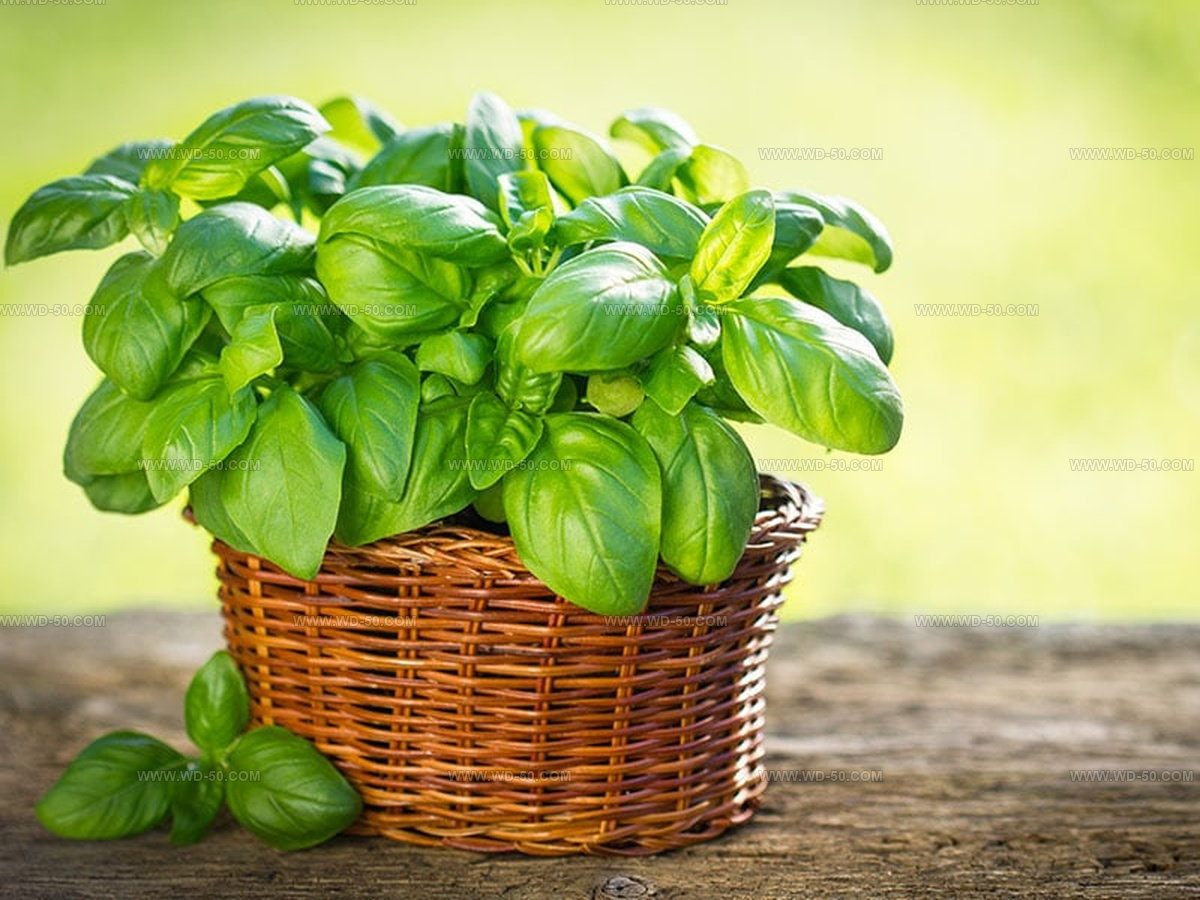
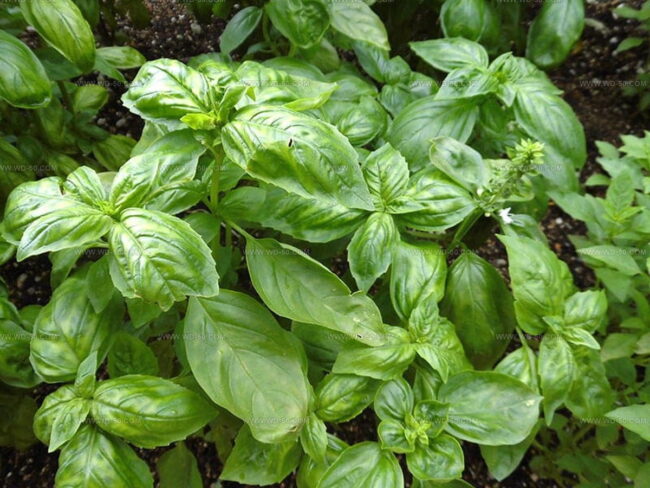
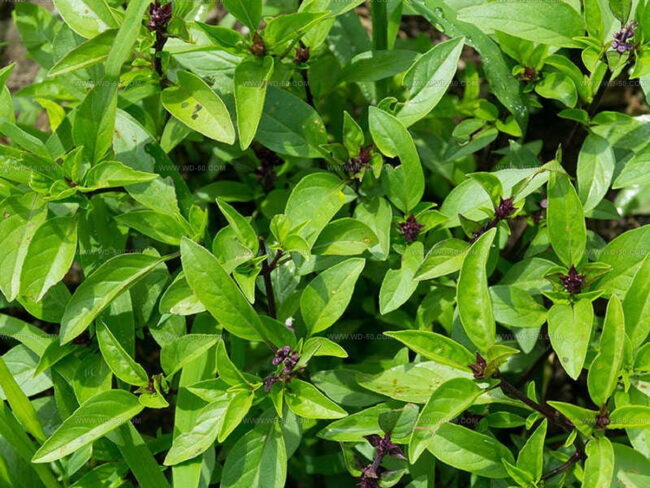
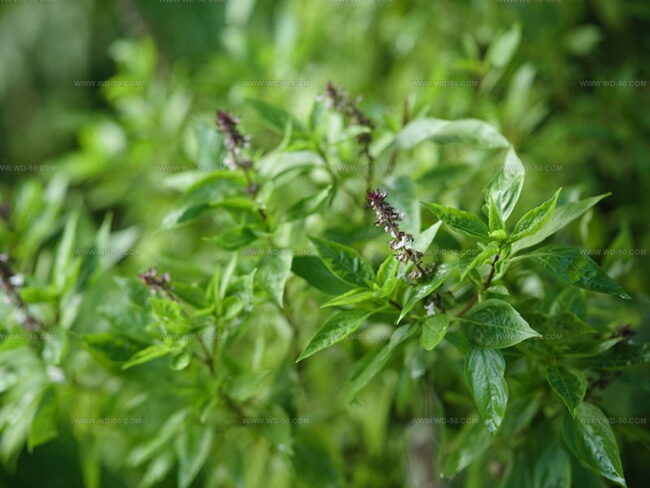
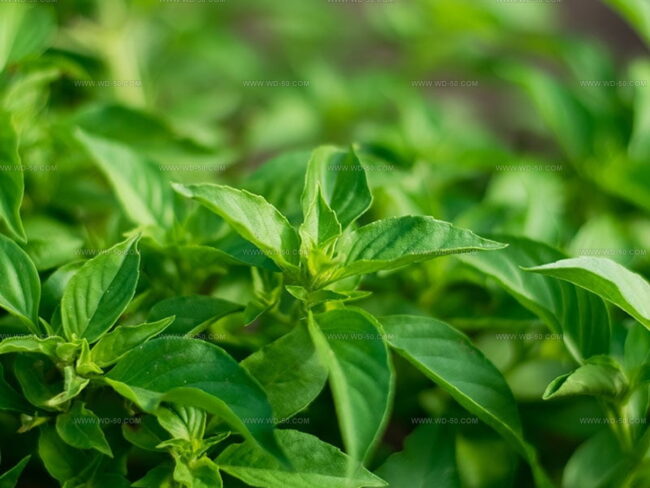
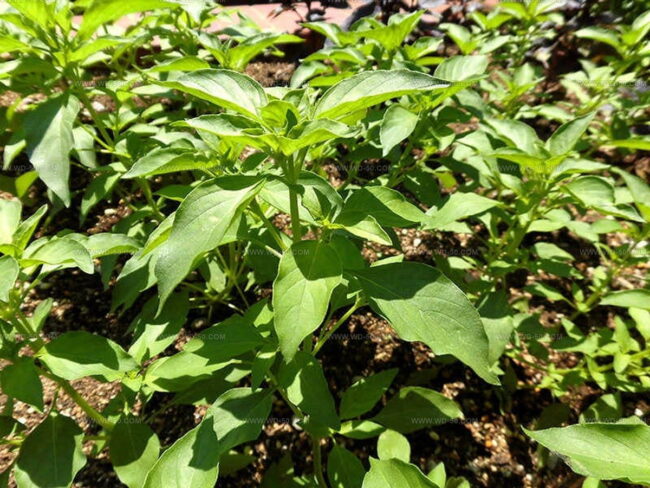
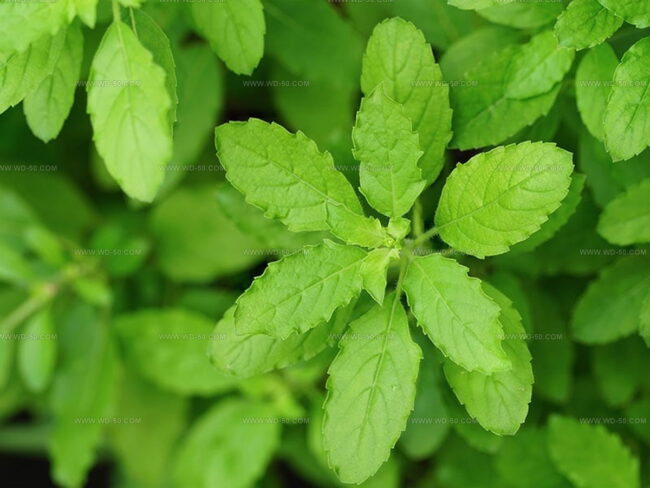
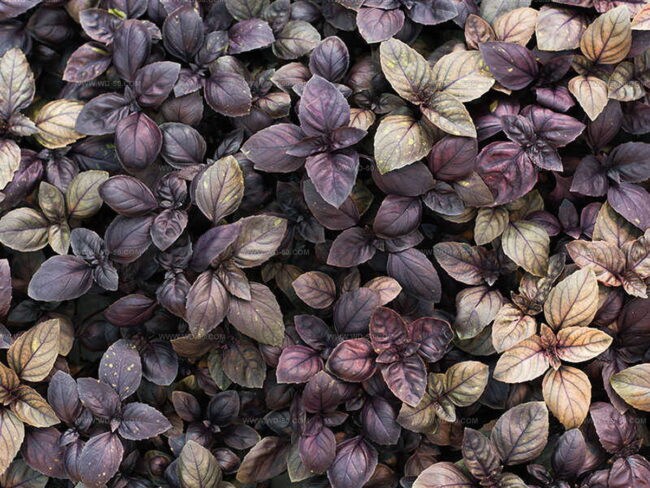
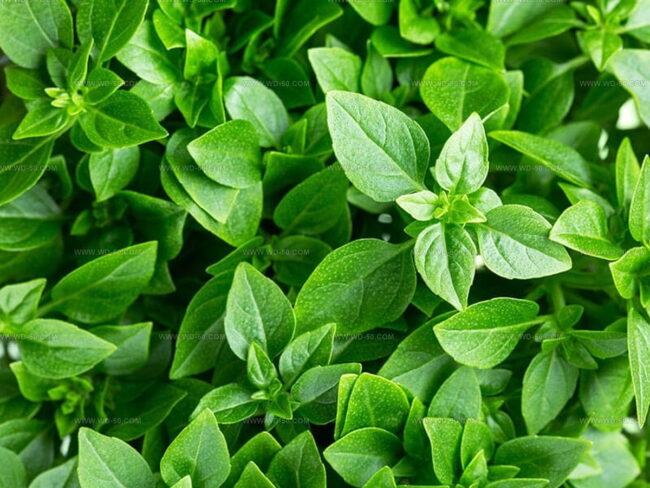
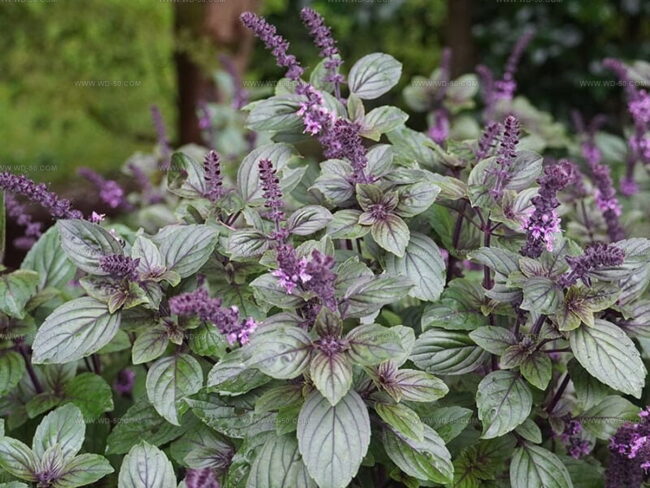
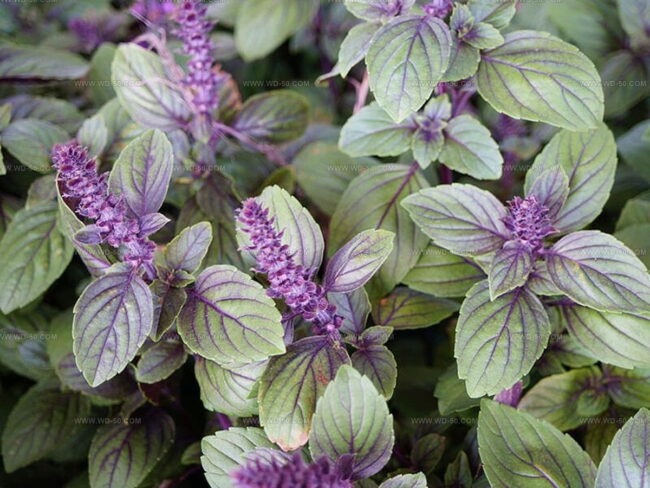
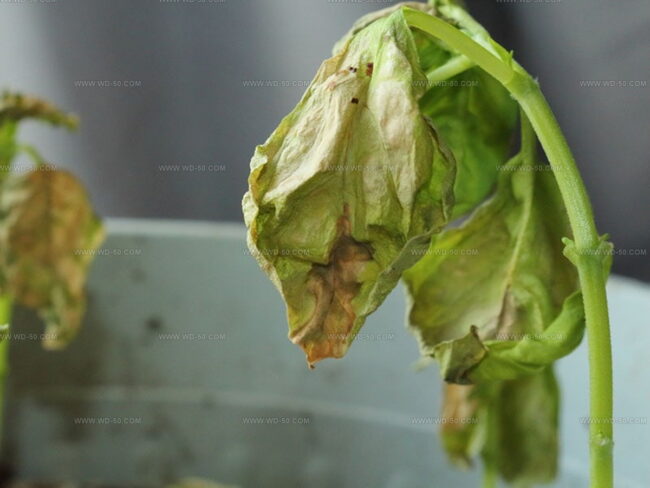
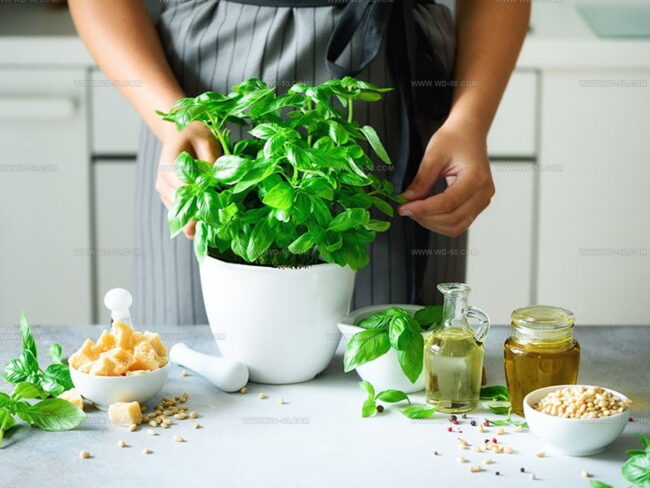
Michael Reynolds
Founder, Head Recipe Developer & Cuisine Specialist
Expertise
Recipe Development and Testing, Modern American and European Cuisines, Food Styling and Photography, Culinary Education and Workshops
Education
Johnson & Wales University
Auguste Escoffier School of Culinary Arts
Michael Reynolds is the founder and head recipe creator at wd-50.com. With over 15 years of experience in the kitchen, he’s spent time working in top restaurants and now focuses on making great food easy for everyone at home.
Michael studied culinary arts at Johnson & Wales University and later trained in pastry at the Auguste Escoffier School. He knows his way around both savory meals and sweet treats.
At wd-50.com, his goal is to help you feel confident in the kitchen, whether you’re trying something new or cooking a favorite dish. He loves using fresh ingredients and simple steps that still bring out big flavors.